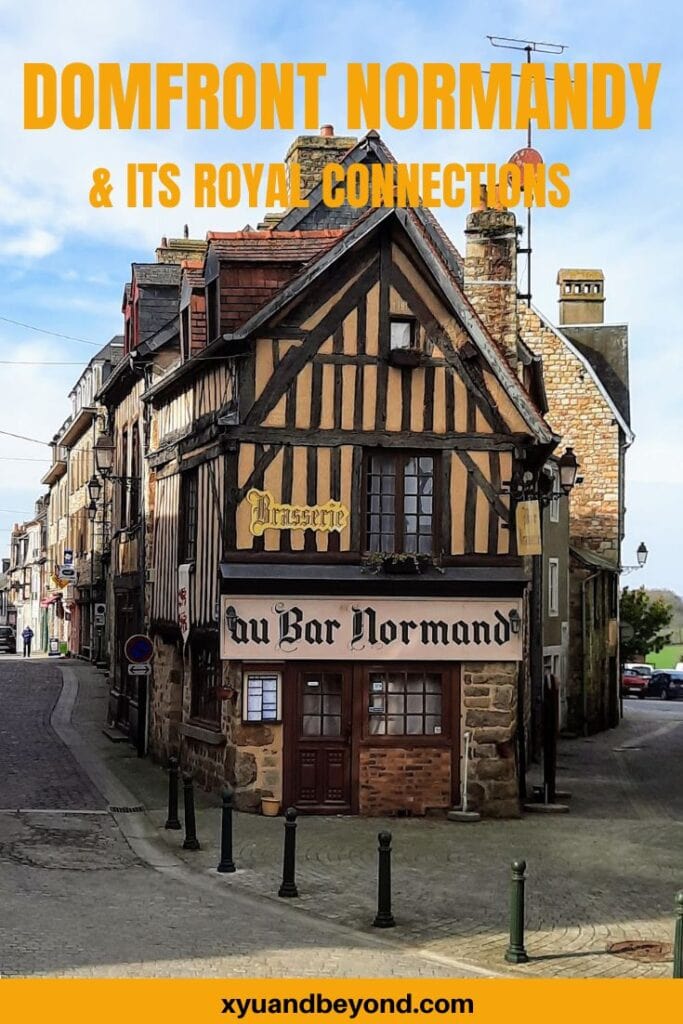Domfront Normandy: Centre of royal power struggles
The town of Domfront en Poiraie is situated in the Orne department of Normandy, between Argentan and Vire and on the Varenne River. In the middle-ages Domfront was the centre of many of the conflicts between the French and English during the Wars of Religions.
Domfront is situated on top of a bluff, overlooking the Varenne river. The town is thought to have been established in the 6th century, initially as a hermitage. The Château of Domfront was a strategic location from the middle ages up to the 1500s. Initially known as Domfront the area was merged into a new commune as it is known here in France and became Domfront-en-Poiraie.
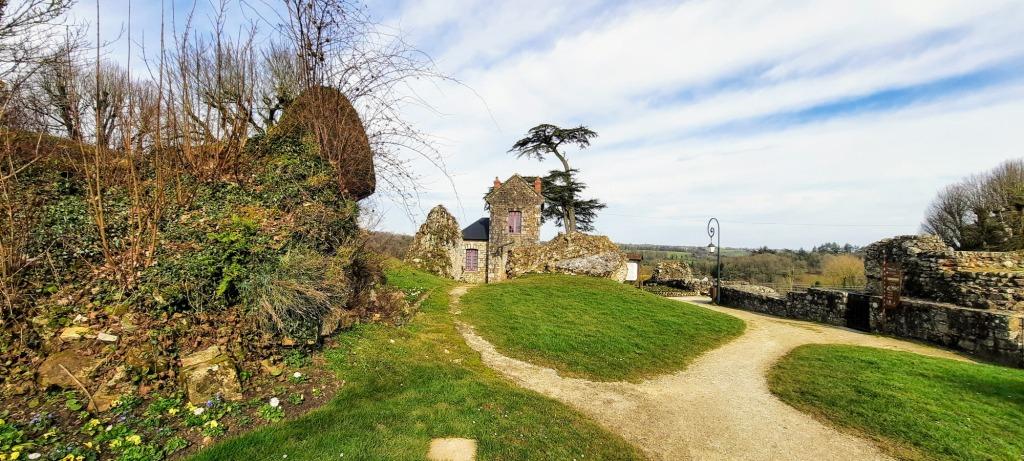

Things to do in Domfront Normandy
The town itself sits on the edge of a natural park, full of trails for hiking, cycling, and horse rides. You can find walking maps at the tourism office near the castle. Domfront puts on a mythical folklore-themed festival in July which brings in folk acts from around the world including France. This year the folk festival included entertainers from the Vendée, Landes, Corsica, Mexico and Serbia.
Domfront medieval festival
The Medieval Fete with a medieval market, street shows and an outdoor theatre take place the first weekend of August every two years. There are special events and entertainment at Domfront Castle, a medieval banquet, a fantastic craft market, music, and busking and practically the whole town shows up in costume.
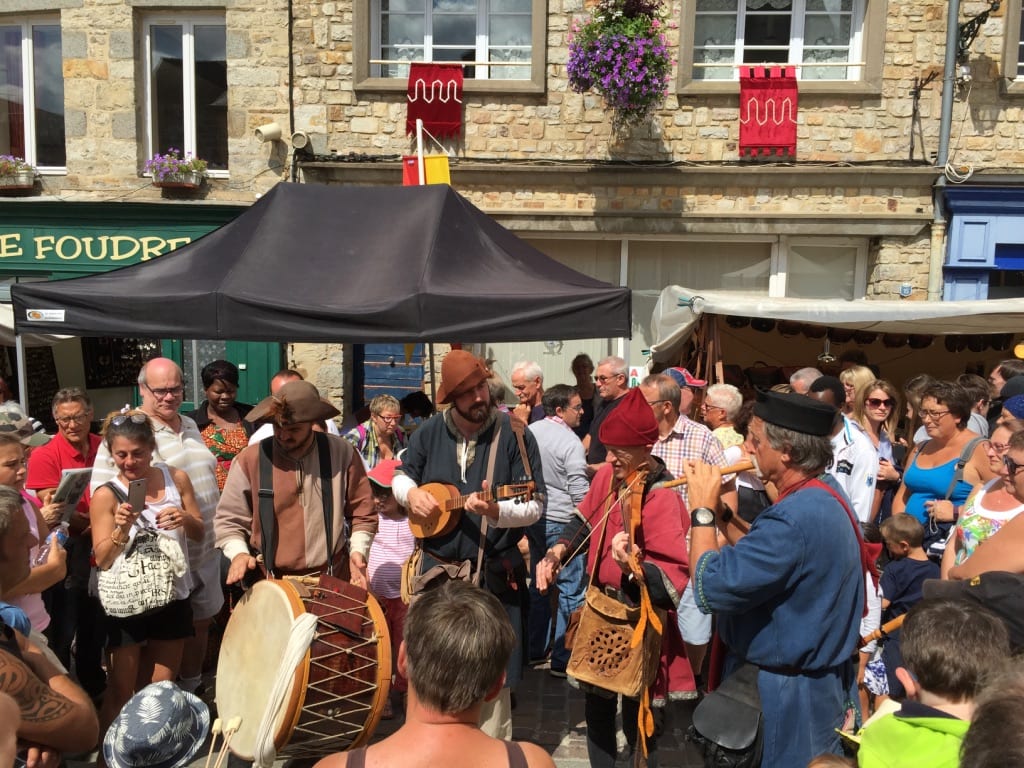

Domfront History
In the Middle Ages, the rocky outcrop where Domfront stands was the border between France to the south and Normandy (a different kingdom at this time) to the north. Domfront was of great strategic importance and from the 11th century, the city changed hands many times through battles and marriages. Its castle, with imposing tower, hugely thick walls and surrounding moat would have seen much action.
The Château of Domfront which stands on the end of a rocky promontory dates back to the 11th century and at that time belonged to the Bellême family. The Bellême family was an important seigneurial family during the 10th through 12th centuries. The seigneurial system was a feudal system of land ownership in France. Members of this family held important castles in Bellême, Domfront, Alençon, and Sées as well as extensive lands in France, Normandy and Mayenne (or Maine as was known in France).


Around 1010, William Talvas, Duke of Bellème and later Count of Alençon, built a wooden fortress, around which the town of Domfront developed. The castle was occupied by the Duke of Anjou Geoffrey Martel in 1048 and seized by William the Conqueror in 1051.
It was the second Lord, William of Bellême, who with the permission of Richard I, Duke of Normandy built two castles one at Alençon and the other at Domfront. He considered himself an independent ruler or Prince of all his lands and domains.
William’s sons Fulk and Warin died in his lifetime leaving his son Robert as his heir but he died a prisoner Robert de Bellême died a prisoner leaving the fourth son, Ives as lord of Bellême, who shortly thereafter became Bishop of Séez. William Talvas, held the lands of Bellême for his brother Bishop Ives until the Bishop died when William inherited all the lands.
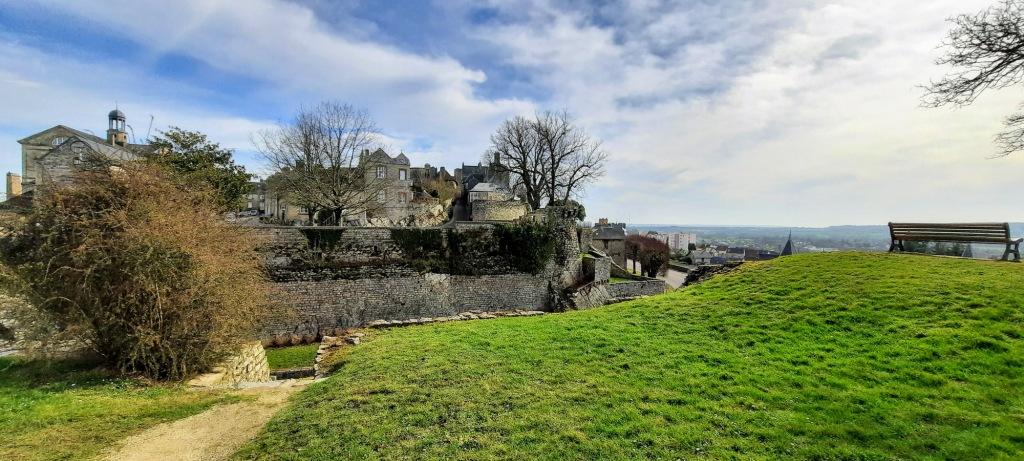

William was considered an evil and treacherous man who decided to marry Hildeburg who was the daughter of a nobleman. William had Hildeburg strangled on her way to Church one day because apparently, she loved God more than him.
When he married again on his wedding day he invited William Fitz Giroie to the ceremony. At the festivities he ordered Fitz Giroie imprisoned where he blinded and mutilated him. Fitz Giroie survived this and retired to Bec Abbey to live his life as a monk.
The Fitz Giroie family then attacked Talvas’s lands and took them over. Talvas’ son Arnulf hated his father and he rebelled but was exiled. Taken in by the de Montgomery family he arranged a marriage between his daughter Mable and the Fitz Giroie son Roger who would then inherit all the lands that had been lost.
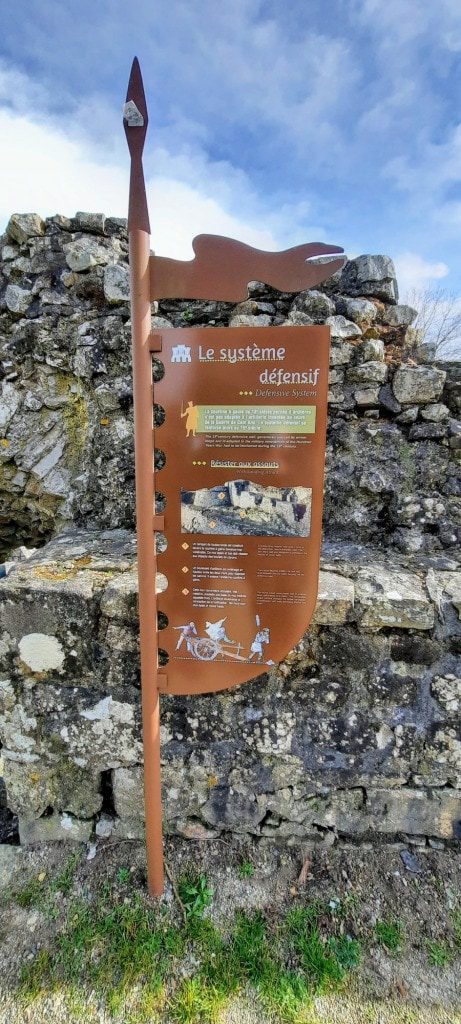

In 1079 Mabel inherited the estates of her father and her uncle and her family with her marriage to Roger de Montgomery the Earl of Shrewsbury they became the most prominent family in Normandy and their children would become heirs to the estates in Normandy and in England.
Mabel was said to be the most cunning and treacherous of the Bellêmes and had a reputation for cruelty and was considered savage and evil. Apparently, Mable was not a fan of the church and clergy and tended to visit the Abbey at Saint-Evroul which her husband supported with a massive retinue. She did this in order to burden the Abbey by using up their precious resources.
When the Abbot predicted that if she did not repent of her evilness she would suffer great pains and the same night at the Abbey she did. Mabel left the Abbey and never abused their hospitality again.
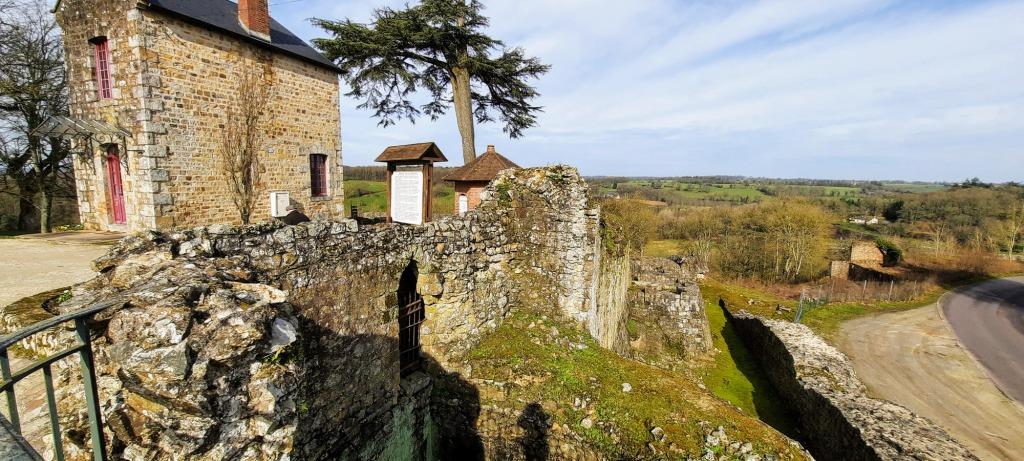

In carrying on the family feud with the Giroie family she attempted to poison the son of William (the man who had been mutilated by her father). Sadly Arnold didn’t take the wine but her husband’s brother Gilbert did and he died. She eventually bribed Arnold’s chamberlain to poison him which was successful.
Mabel’s end came several years later while resting when she was murdered by Hugh Brunel who lands she had taken.
Mabel was succeeded by her son Robert of Bellême, 3rd Earl of Shrewsbury, who continued the aggressive policy of his mother. He built several castles to ensure control of the vast lordship of Bellême and held in total forty castles, including those of Alençon and Bellême.
In 1098 Robert’s younger brother Hugh died, and Robert inherited, the English properties that had been their father’s, including the Rape of Arundel and the Earldom of Shrewsbury. A rape is a traditional territorial sub-division of the county of Sussex in England, formerly used for various administrative purposes.
Robert rebelled repeatedly against the King of England and Duke of Normandy. In 1112 Robert was sent as an envoy of the French king to Henry I at his court at Bonneville whereas Henry seized Robert and imprisoned him. Robert spent the rest of his life as a prisoner; the exact date of his death is not known.
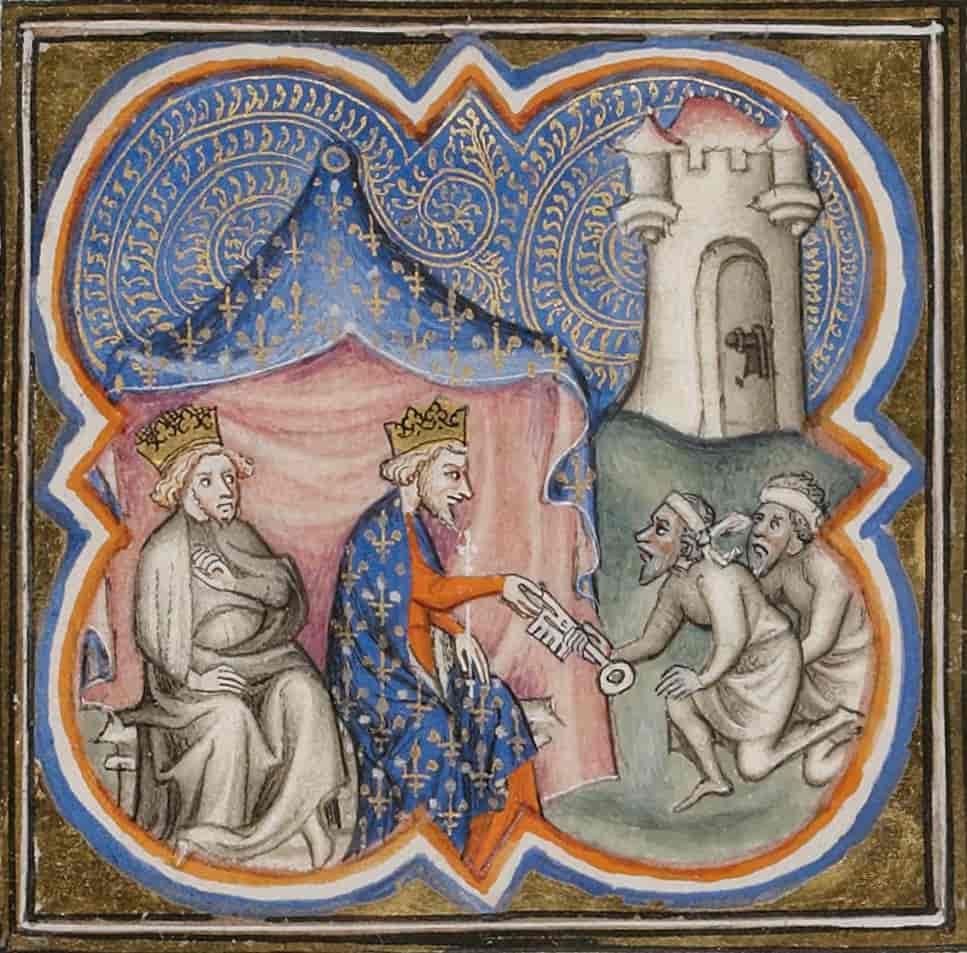

When he was crowned King of England as Henry I in 1100, Domfront was incorporated into England. In the middle of the 12th century, Domfront was visited by Henry II and his wife Eleanor in August 1162.
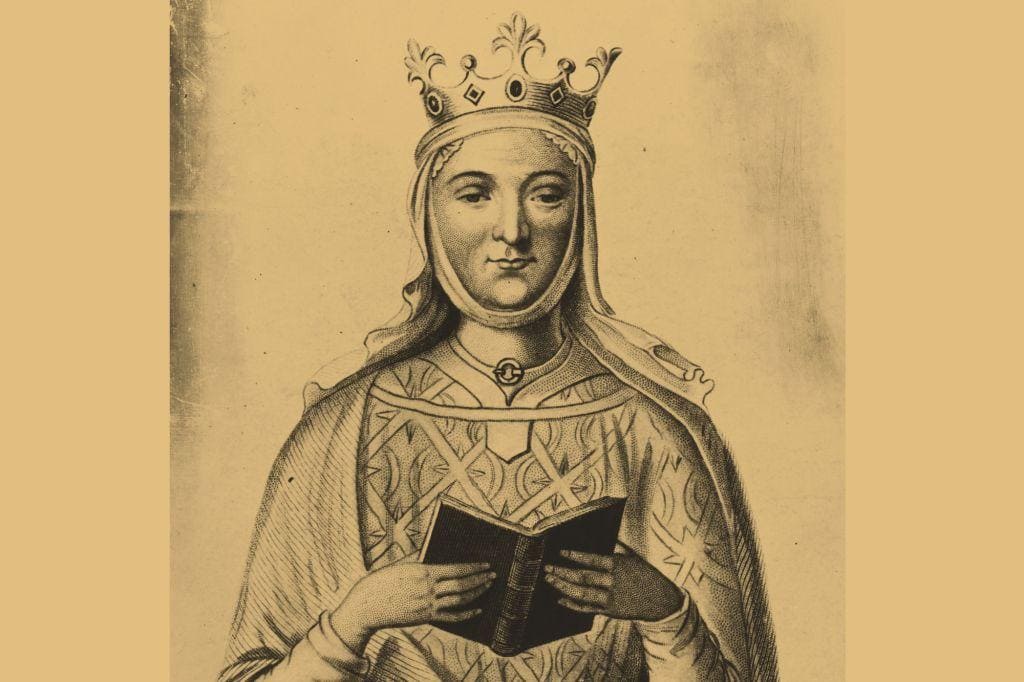

In 1169 King Henry II arranged a meeting with his once favourite Thomas Becket to resolve the issues between them when Becket was made Archbishop of Canterbury. The Pope sent legates to assist in the negotiation but they failed and Henry and Becket never reconciled their differences.
Chrétien de Troyes is one of the greatest romantic poets of the middle-ages and the father of Arthurian romances. His patron was Marie de Champagne the daughter of Eleanor of Aquitaine. It was said he stayed at the court of Henry and Eleanor and his stay was the inspiration for the King Arthur legends.
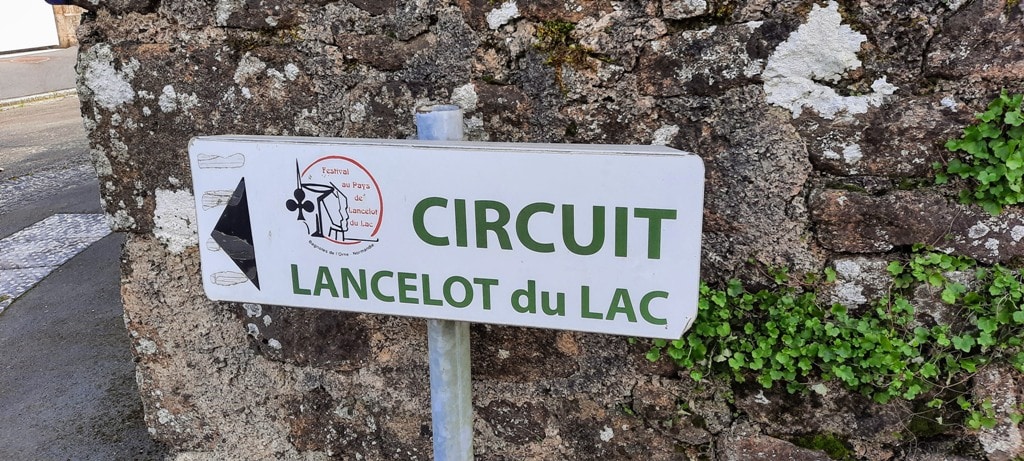

Eleanor of England, daughter of Henry II Plantagenet and of Eleanor of Aquitaine was born at Domfront; she is also buried there and her tomb is in the Church Notre Dame sur l’Eau. Eleanor and Henry II are buried at Fontevraud Abbey in the Anjou.
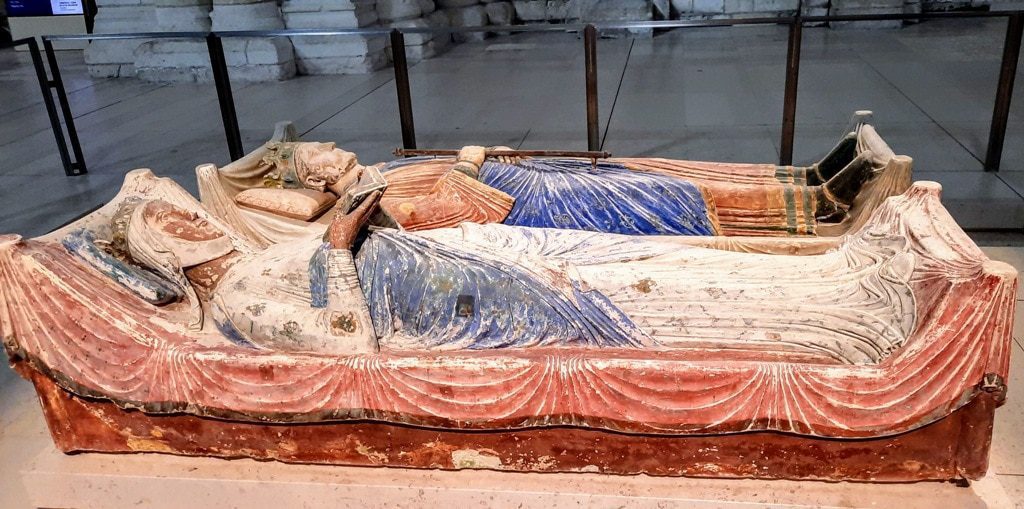

Chateau Domfront – Domfront castle
By the mid-1500s the castle was abandoned, and by 1608 was nothing more than a ruin the townsfolk used its walls and stones to build up the town and their homes.


The only remains of the castle are two walls of the keep, two round towers, and the ruins of the St. Symphorian chapel, in which Eleanor of Aquitaine’s daughter was christened. Only 13 out of the 24 towers of the wall have been preserved.
The castle itself was turned into a park in the 1800s and planted with rare and interesting trees. Archaeology started on the castle grounds around this time, reviving parts of the walls and marking the foundations of the chapel. The ruins are a Historical Monument and are free to explore.
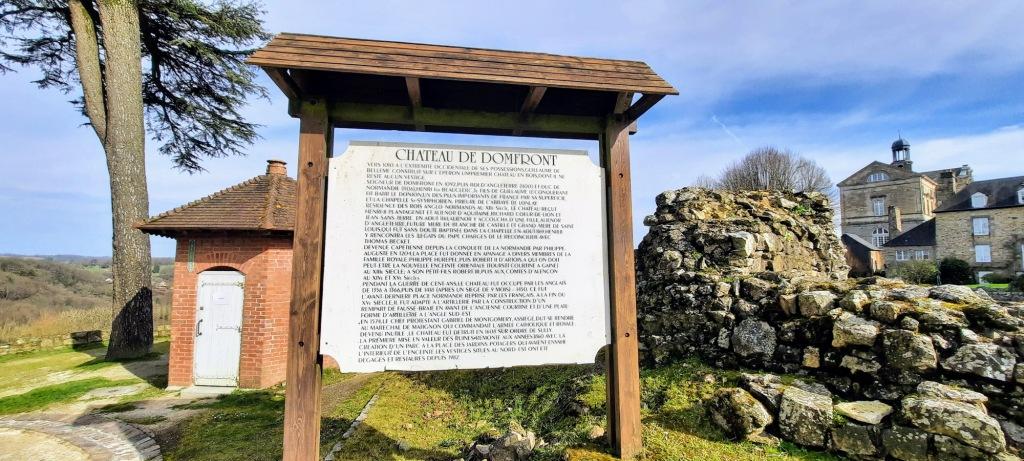

Domfront and WWII
Domfront was a key part of the French resistance during WWII with a safe house for Allied Airmen and resistance fighters. There is a plaque commemorating this outside the small safe house at the edge of the park.
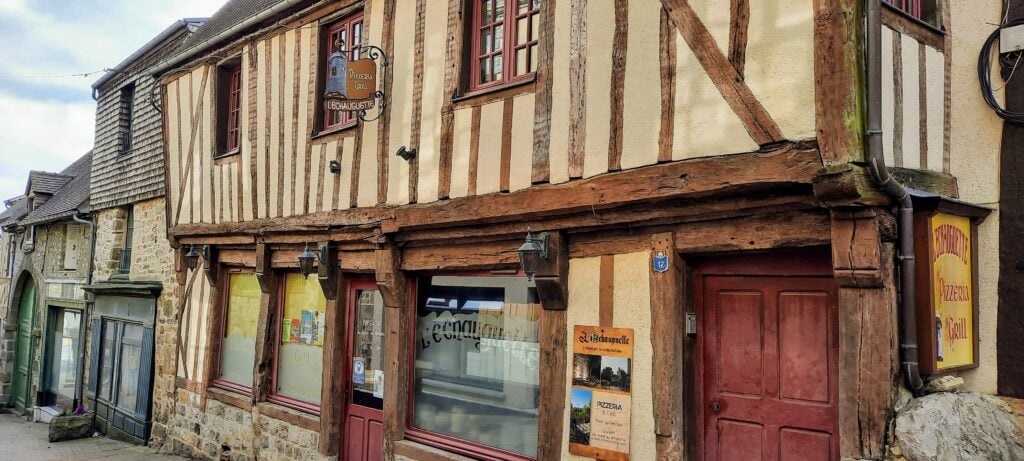

While you are enjoying the view from Place du Panorama take a moment to remember that this square was originally full of medieval houses but they were destroyed during the allied invasion of France in June 1944.
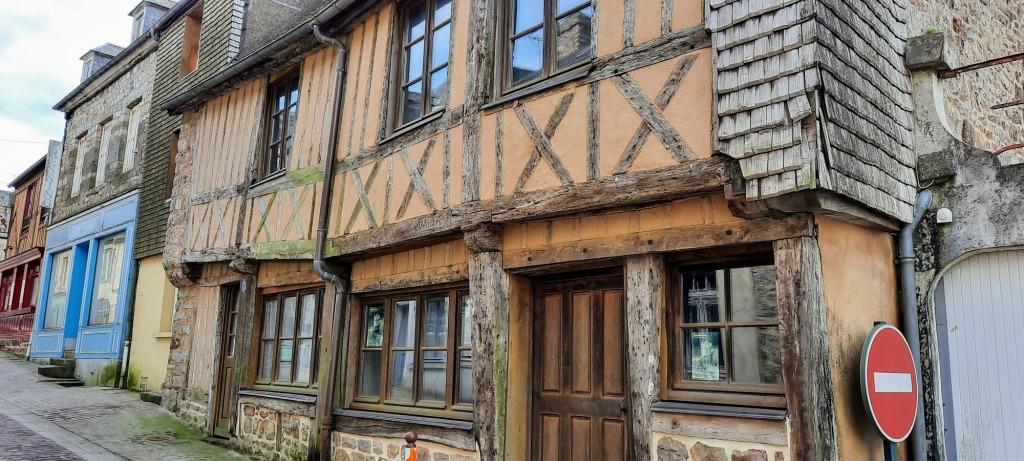

The medieval town of Domfront
The origins of the town of Domfront are related to the building of the Château. It has preserved its medieval character over the centuries. The old town centre, protected by the Heritage Foundation, also has beautiful timbered houses, narrow cobbled streets, courtyards and mansions.
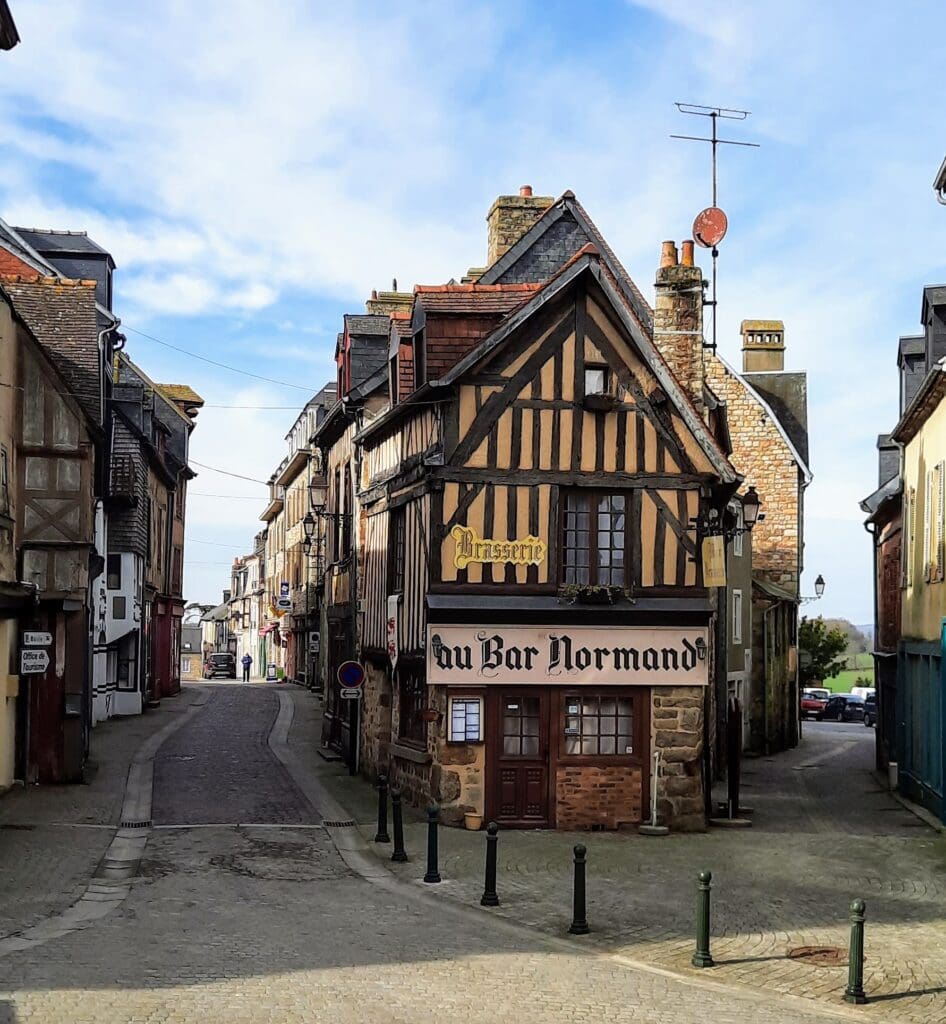

Churches in Domfront
L’Eglise St Julien Domfront
L’Eglise St. Julien is dedicated to St-Julien, the first bishop of Le Mans. The first church built in the middle ages was demolished and rebuilt in 1748 slightly further east than the original 12th-century church.
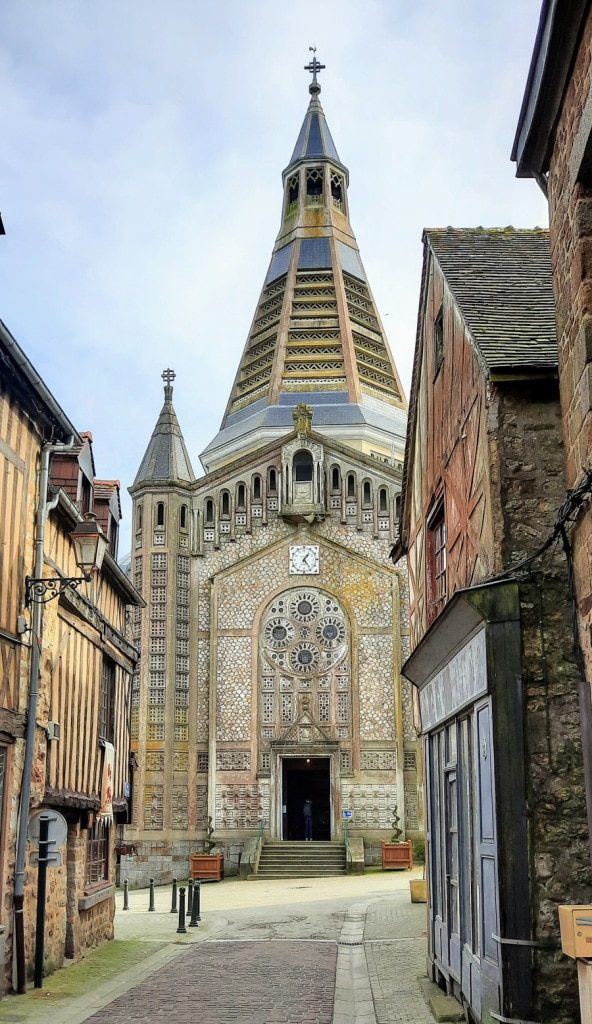

During the French Revolution, the church suffered from the fighting eventually falling into disrepair. The church was further damaged by a storm in 1923 and had to be replaced again by the church you see today.


Notre Dame sur l’Eau
The church of Notre Dame sur I’Eau was built in the 11th century. The church played an important part in hosting dignitaries such as Richard the Lionheart and Eleanor of Aquitaine.
The site of the Church of Notre-Dame-sur-l’Eau was donated around 1020 to the Abbey of Lonlay by the founder of the Château de Domfront, William I of Bellême.
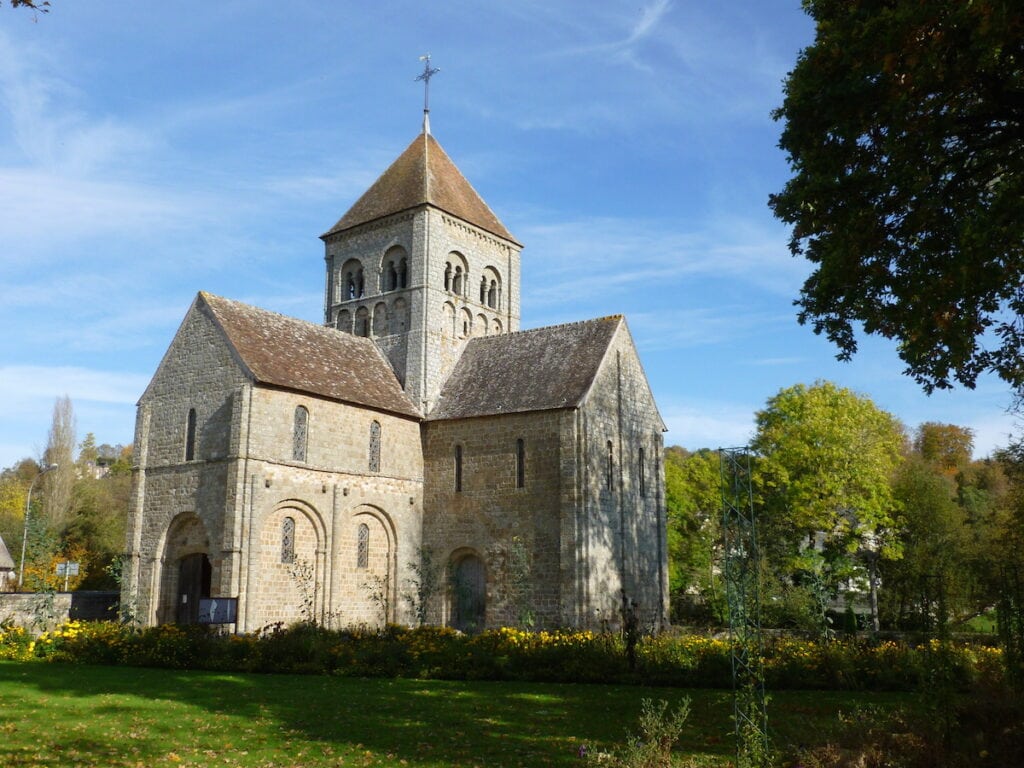

In the Middle Ages, it was the place where the Dukes of Normandy, King Henry II and Eleanor of Aquitaine worshipped. Henry and Eleanor’s daughter Alienor was baptized here in 1162.
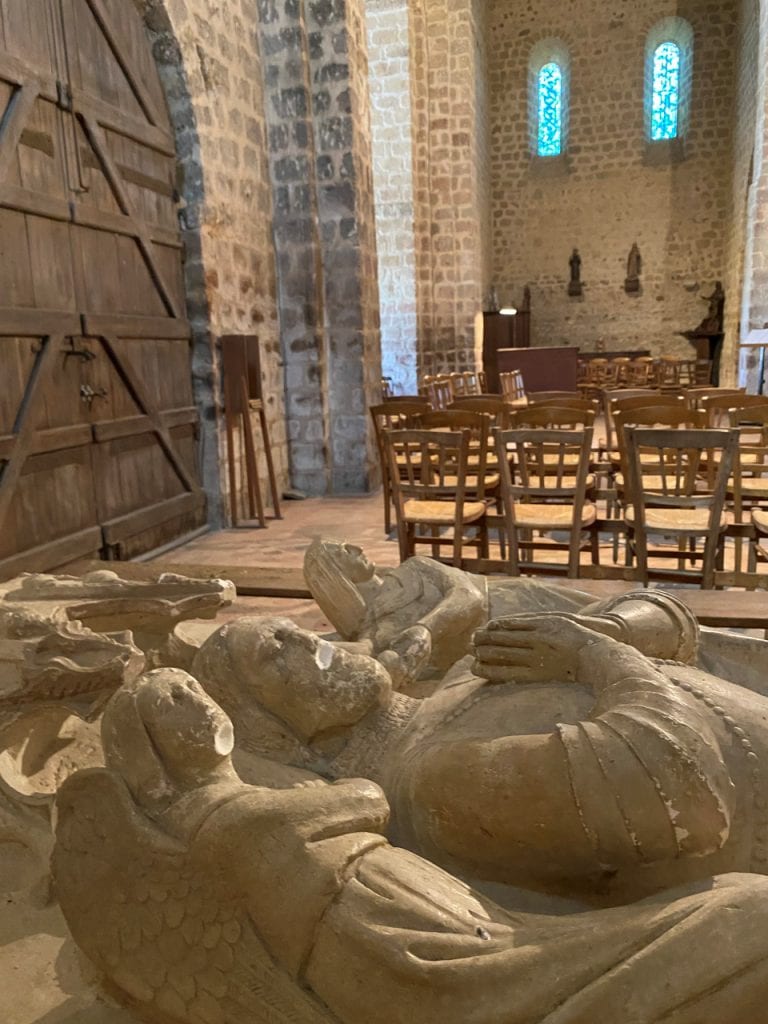

It underwent several restorations in the 16th century it escaped the destruction of the Revolution thanks to its graves but served as a warehouse, saltpetre factory, cotton mill, and chapel for the hospital.
In 1836, the nave of the church was destroyed by removing four bays out of the six thanks to the road being built from Domfront to Mortain.
An aerial bombardment destroyed the nave and the bell tower in 1944, without completely destroying the church which was carefully restored and the paintings of the apse highlighted.
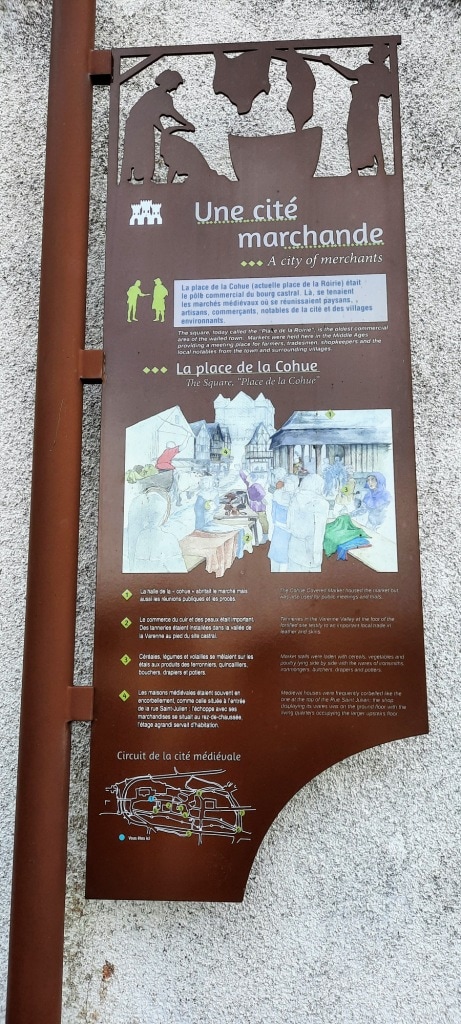

What to see near Domfront
Passais-Villages
The Passais Villages in the Orne Department of Normandy include Domfront, Lassay les Chateaux, and Bagnoles. Each of these villages has some beautiful architecture and sites to visit. Lassay has 3 chateaux or castles, two in ruins and one you can visit and a lovely town centre.
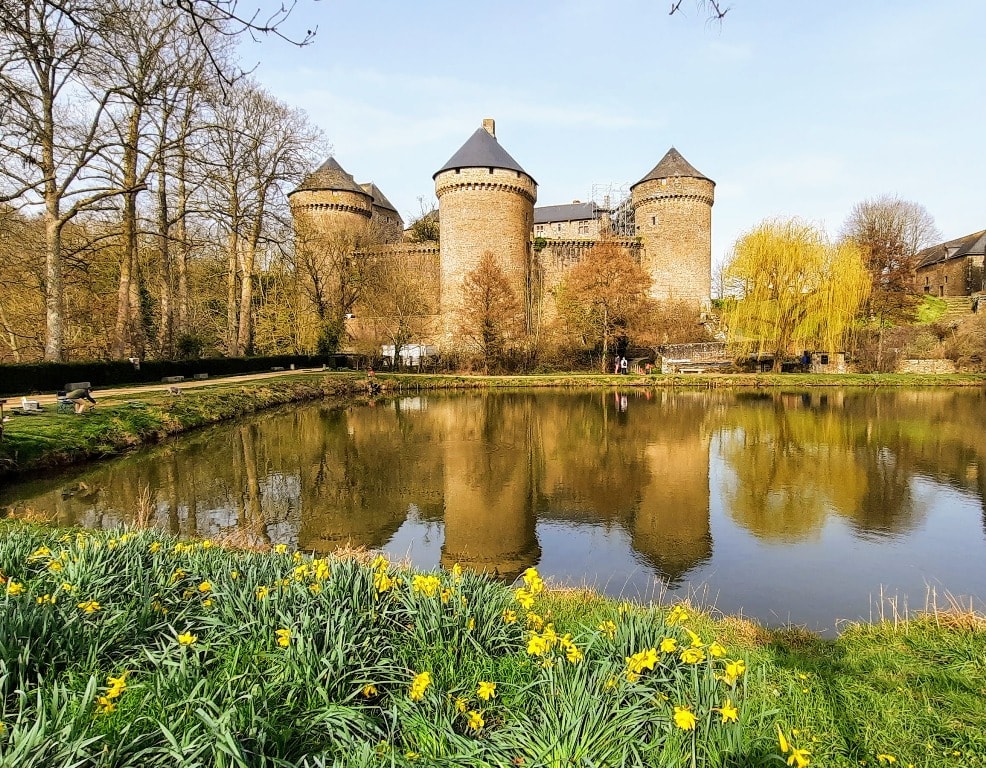

Bagnoles was the place for the French to visit and spend their summers taking the waters. The architecture of Bagnoles is dominantly the many examples of ‘belle-Epoque architecture (built around 1886-1914).
The best examples are found in the ‘quartier Belle-Epoque, towards the south of the town, which is now a protected zone to restrict future development. There are about 50 impressive villas dating from this period in the town.
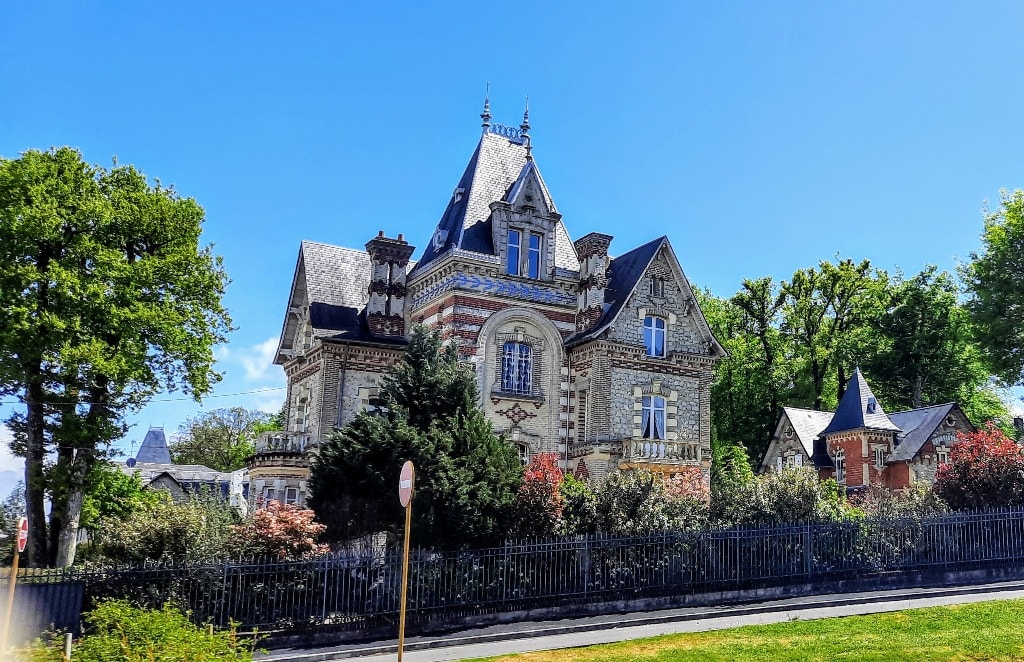

Juvigny Val d’Andaine which is near Bagnoles is where you can see an important architectural heritage revealing the history of this part of Normandy over the centuries, through religious buildings or old mansions.
Rebuilt at the end of the 19th century, the Saint-Martin church of La Baroche-sous-Lucé is a historical monument that has a beautiful bas-relief of polychrome limestone from the 14th century. In the churchyard, you can see a cross hosannière in granite from 1628 another Historic Monuments. The ruins of the castle of Bonvouloir, located in Juvigny-sous-Andaine are also Historic Monument. Built in the 15th century, it was largely destroyed during the French Revolution at the end of the 18th century.
In Jublains you can visit the Roman remains and archaeological site.
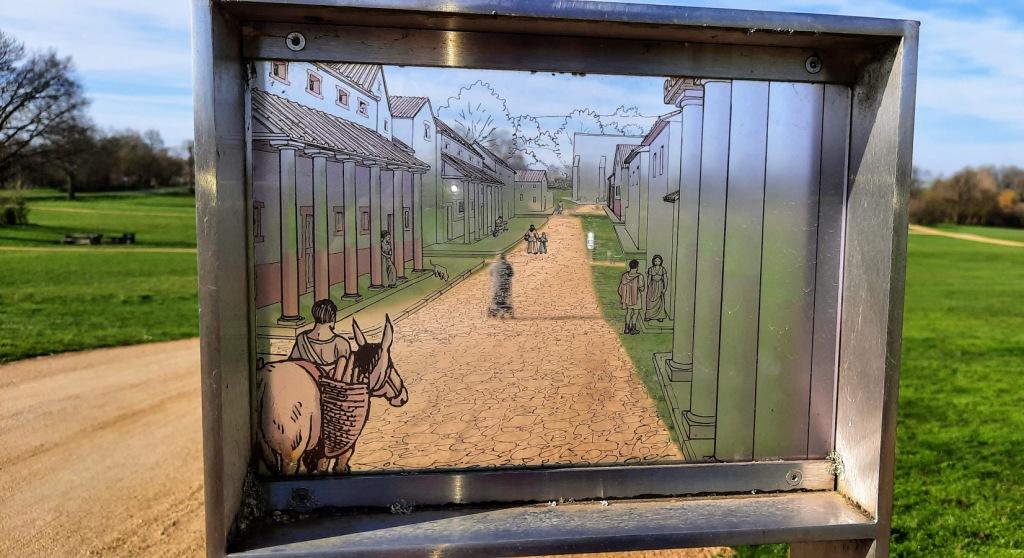

Lonlay Abbey
The first monks who came to Lonlay abbey were Benedictines and they prayed for the soul of William I of Bellême, the founder of the abbey, and owner of castles in both Allençon and Domfront.
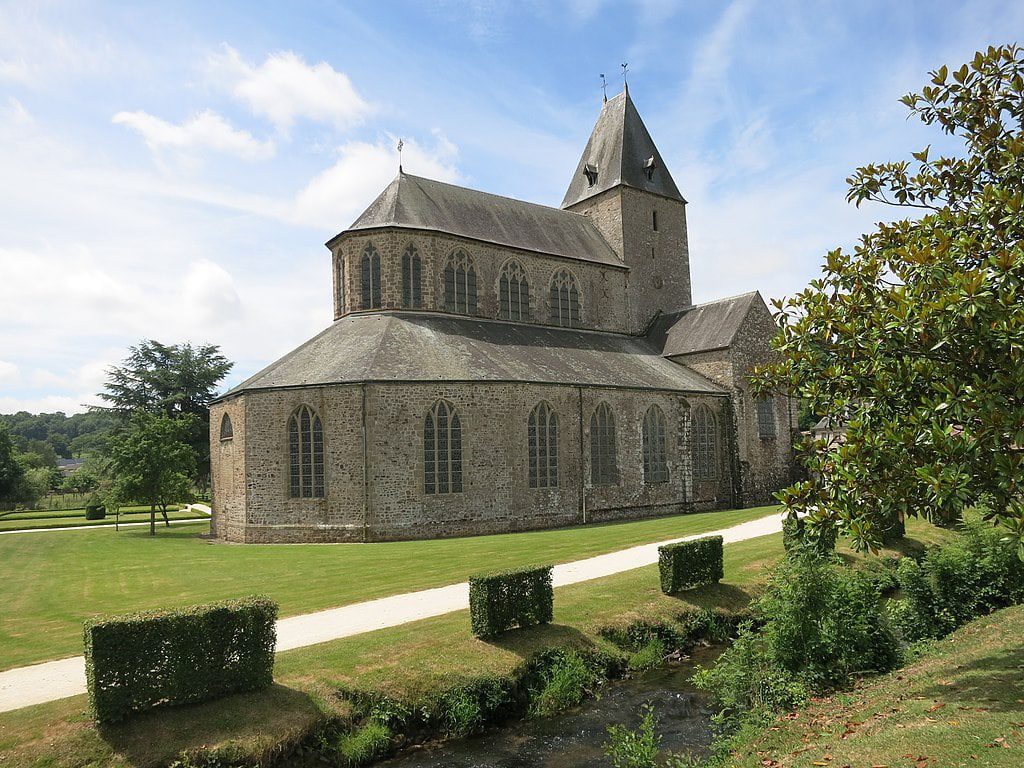

The abbey is now famous throughout France for its biscuits (cookies to us North Americans). You will find in all the supermarkets of Normandy “Biscuiterie de l’Abbaye” and these are the biscuits made at the Lonlay Abbey. There are tours of the factory as well as the factory shop.
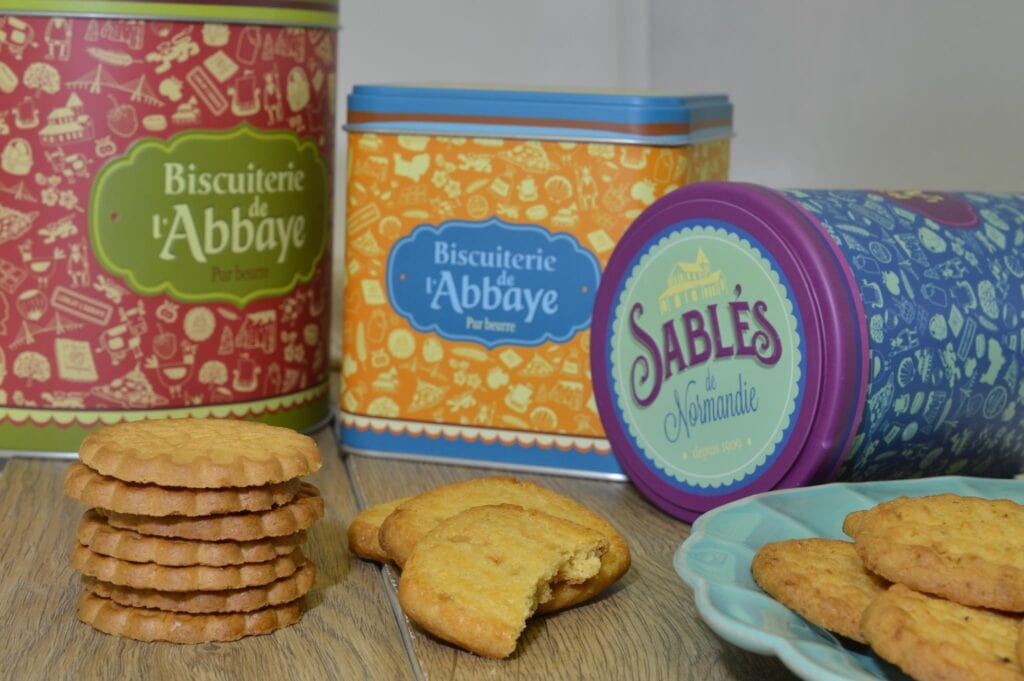

Site Remarquable du Goût
The farmland around Domfront has been awarded the Site Remarquable du Goût (site of culinary excellence) label and is a must-visit area for its two specialities, perry and calvados – alcoholic drinks made using locally-grown pears and apples.


Where to eat in Domfront
Bistro St. Julien
Bistro St. Julien in the old square by the Mairie locals says the food is superb and the Chef and his wife who is Thai make some incredibly good Thai lunches.
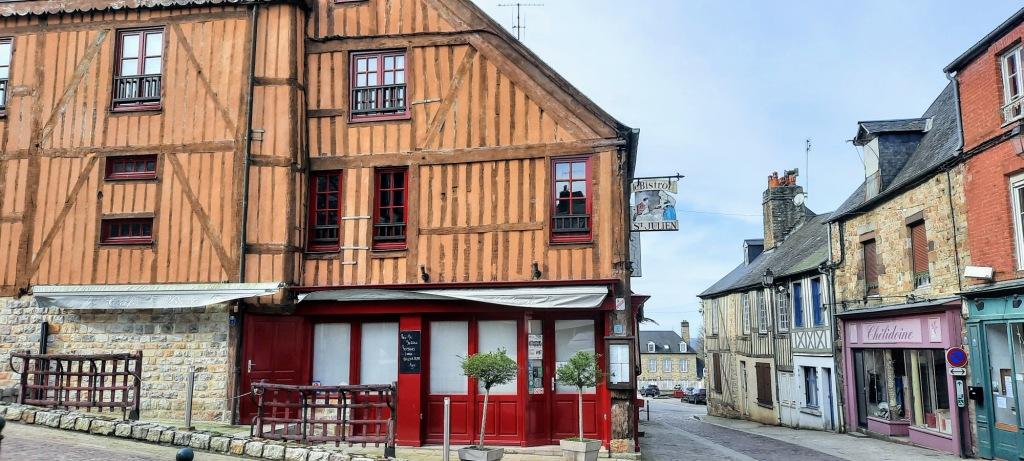

The Grill
Located in the Hotel de France which dates back to 1897 near the 11th-century church of Notre-Dame-sur-l’Eau the Hotel provides both rooms and the Grill restaurant. The restaurant serves an extensive menu of local favourites with meats grilled over an open flame. Highly recommended by locals.
L’Echaugette
This restaurant is located at 12 Grande Rue and is known for its pizzas and Italian specialities. Pizza here in France is wildly popular and can range from great to utterly substandard. The locals here are said to love this pizza.
Le Grand Gousier
A gourmet restaurant at 1 Place de la Liberté and here you will find menu items from tuna steaks to sweetbreads. The chef offers traditional French and semi-gastronomic cuisine, which features local fresh products.
You might find these articles helpful when visiting France
Exploring the Charms of Vitré, France: Things to do in Vitre
Normandy Villages 22 of the most beautiful
Sainte Suzanne – One of the “Most Beautiful Villages in France”
Saint-Céneri-le-Gérei plus beaux villages – beautiful villages of France
Food in Brittany: Fall in love with the food of Bretagne
French Food Culture: The Ultimate Guide
French Cheese – 23 amazing types of French cheese
The beaches of Normandy – lest we forget
14 Fabulous French Castles to visit
Pin it to save it
